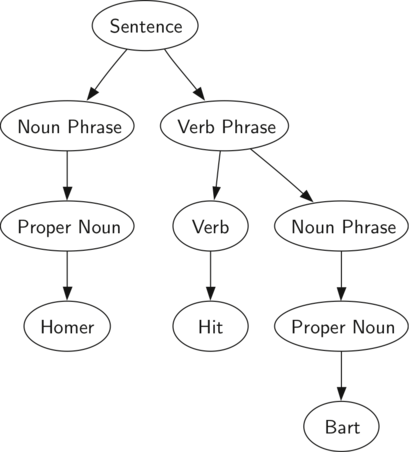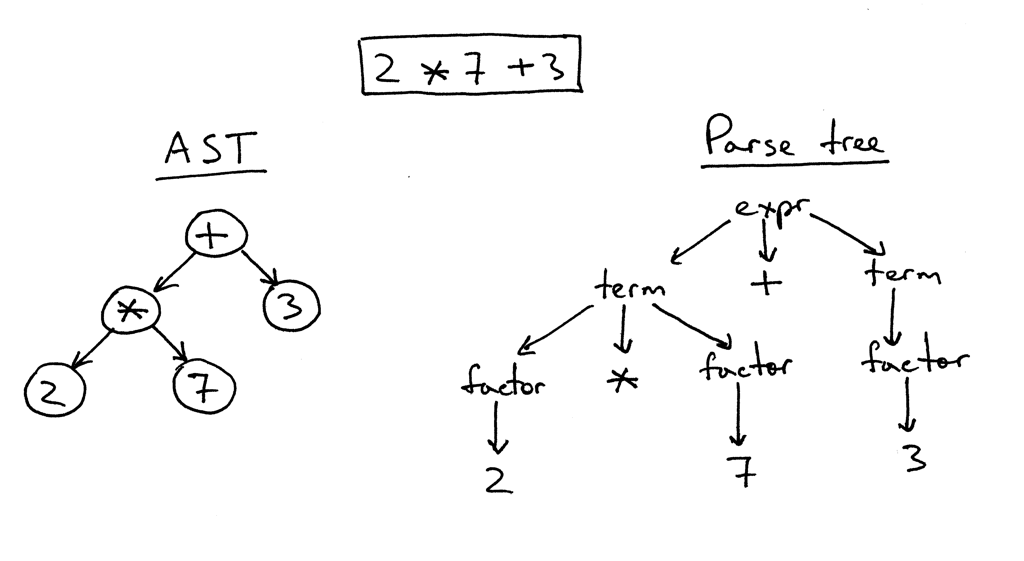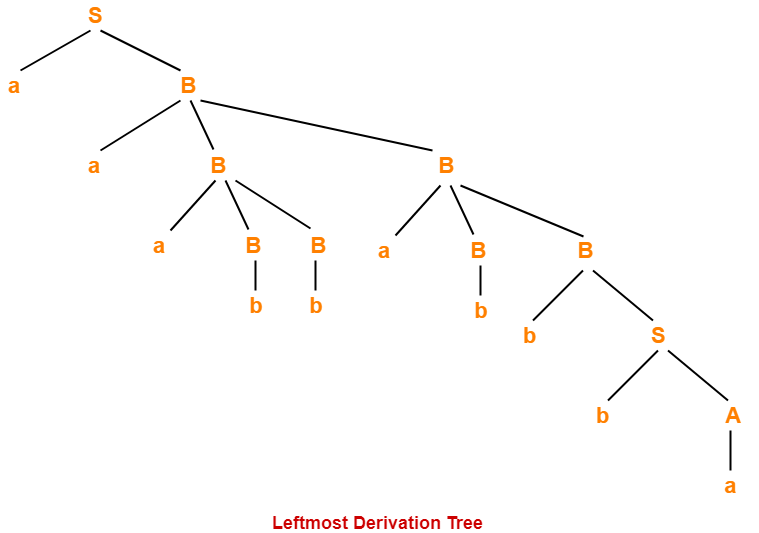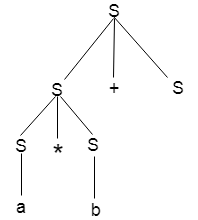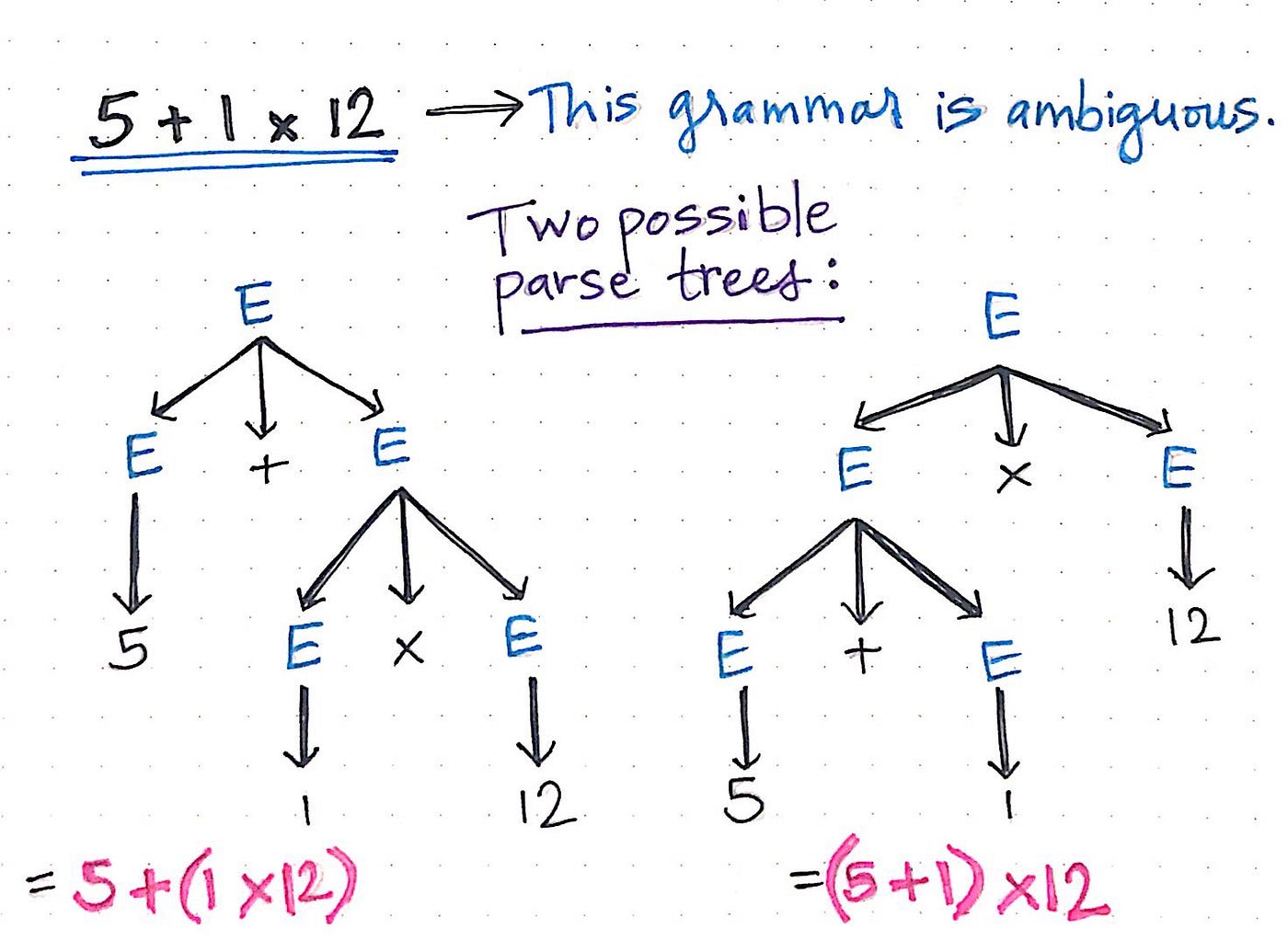Exemplary Info About How To Build A Parse Tree
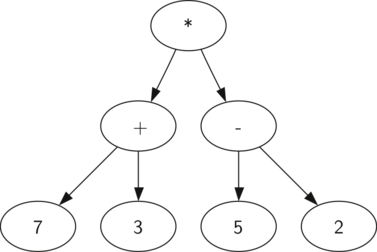
There are four different kinds of tokens to consider:
How to build a parse tree. An easy way to do this is to add an argument to each nonterminal to contain the parse tree, and then add the necessary code to each rule to construct the appropriate tree. The parse tree is constructed and returned by a function called parse and later the tree can be evaluated by calling its eval method. S ⇒ lm lm a $\underline{a}$ s.
The first step in building a parse tree is to break up the expression string into a list of tokens. By rule 1, create a new node as the left child of the root. Make the current node this.
Using figure 4, let’s walk through the example step by step: How should i process these file trees and. Building a parse tree (parsebuild) the four rules for building a parse tree are coded as the first four clauses of the if statement on lines 11, 15, 19, and 24 of activecode 1.
⇒ a $\underline{s\:b}$ a s. Have parse return the index of the next unused token as. The first step in building a parse tree is to break up the expression string into a vector of tokens.
⇒ aa b $\underline{a}$ s. A tutorial on how to create a parse tree from an input stream given a grammar and its production rules. The first step in building a parse tree is to break up the expression string into a list of tokens.
Show that s ⇒ *aa bb aa & construct parse tree whose yield is aa bb aa.





